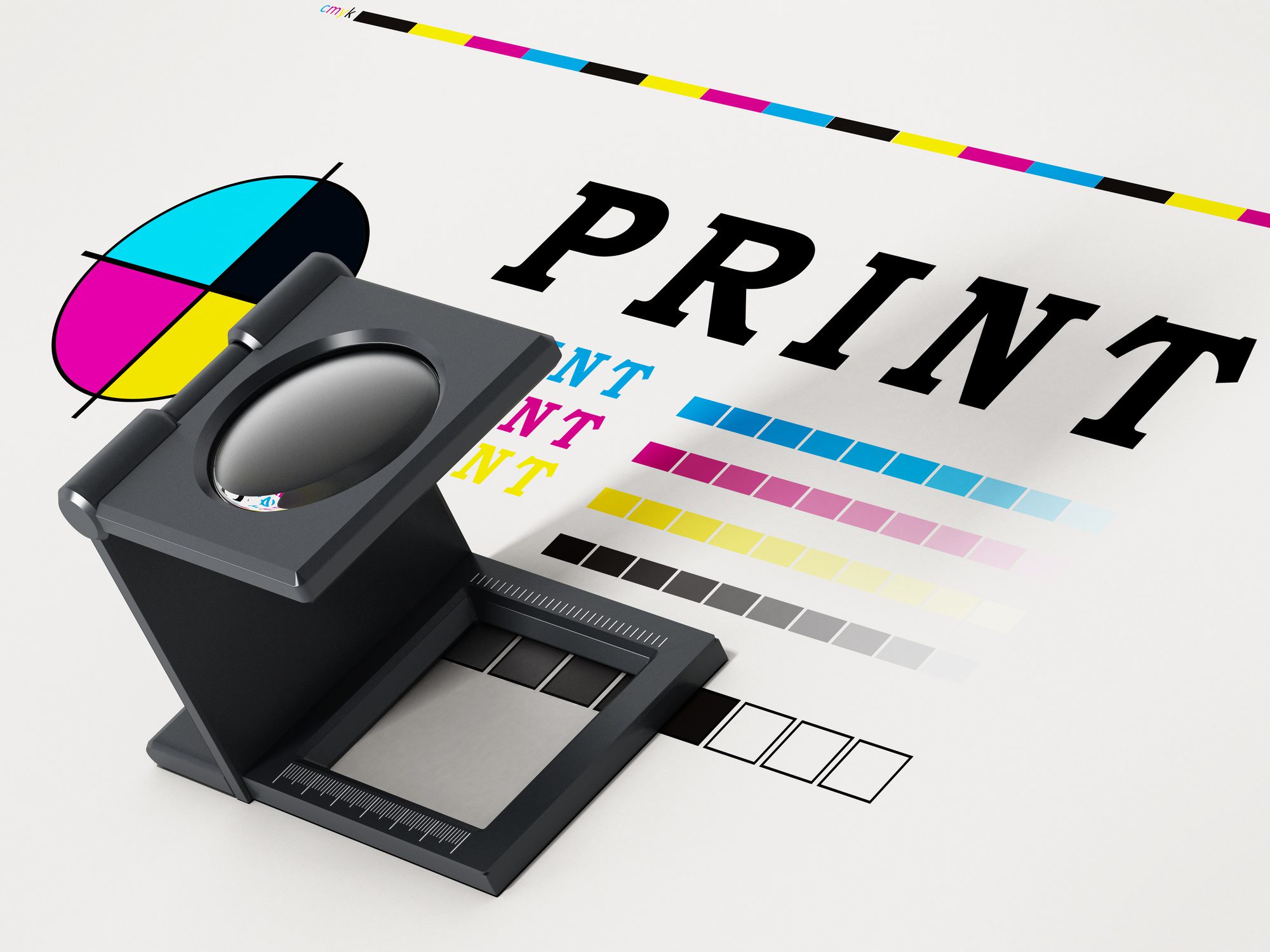Compare different platforms to find the best print on demand option for you.
Understanding Exactly How Digital Printing Revolutionizes the Printing Market
The printing sector, long soaked in conventional approaches, is undertaking a radical makeover with the development of electronic printing. This innovative innovation, which avoids the demand for printing plates, makes it possible for quick production and customization, improving the landscape of print communication. With its possible to spur engagement with personalized material and to use lasting solutions, it's clear that digital printing is more than a technological development; it's a crucial video game changer. Exactly how precisely does it transform the market? Let's check out.
The Advancement of Digital Printing: A Short Summary
Given that its creation, electronic printing has gone through significant changes, consistently transforming the printing sector. With the introduction of the 90s, electronic printing technology began to develop, and the industry saw the intro of direct imaging presses, which got rid of the demand for publishing plates. As the new millennium unravelled, developments in innovation further spurred the development of electronic printing, leading to the development of high-speed inkjet printers.

Unpacking the Modern Technology Behind Digital Printing
Digging right into the complexities of electronic printing technology, one comes across an abundant tapestry of sophisticated equipment and complex formulas. At the heart of this procedure lies an electronic photo, which is processed by software program that divides it into a grid of dots. This detailed system, reinforced by innovative software application and high-resolution imaging, has actually transformed the landscape of the printing sector, paving the means for unmatched degrees of detail and precision.

The Advantages of Digital Printing for Organizations
Recognizing the innovation behind digital printing offers a clear picture of its accuracy and detail. Electronic printing is eco pleasant, utilizing less ink and generating much less waste. The full potential of electronic printing is recognized when utilized for customization and customization, a subject that will be covered in see deepness in the following section.
The Duty of Digital Printing in Modification and Personalization
While conventional printing methods have problem with customization and personalization, digital printing masters these areas. It permits the very easy change of styles, without the need for pricey and lengthy plate modifications (print on demand). This enables businesses to customize products to specific clients, meeting certain needs and boosting client fulfillment
Digital printing also permits variable data printing, where aspects such as message, graphics, and images may be transformed from one printed piece to you can try here the following, without reducing down the printing process. This is especially advantageous for straight marketing projects, where tailored messaging can considerably enhance feedback rates. In this method, electronic printing not just changes the printing industry however likewise changes the method services connect with their customers.
Evaluating the Ecological Impact of Digital Printing
Although digital printing has actually been admired for its duty in customization and personalization, it is critical to analyze its environmental impact. Digital printing can be less wasteful than standard approaches, due to the fact that it operates on a 'print on directory demand' basis, eliminating the requirement for big print runs that can lead to surplus and waste. Additionally, it uses fewer chemicals and generates less unpredictable natural substances (VOCs) compared to offset printing. However, the energy usage of electronic printers can be high, leading to increased carbon impact. Additionally, the use of non-recyclable printing components and the challenge of e-waste management pose substantial ecological worries. Therefore, while electronic printing has several benefits, its environmental impact has to be diligently managed.
Final thought
To conclude, digital printing has changed the printing industry, using rapid, cost-efficient, and top notch solutions. It promotes customization, boosting customer interaction, and employs a sustainable print-on-demand version. As this innovation proceeds to evolve, its influence on company communication, client satisfaction, and ecological sustainability becomes progressively extensive. Understanding these modifications is crucial for companies to utilize the advantages of digital printing efficiently.